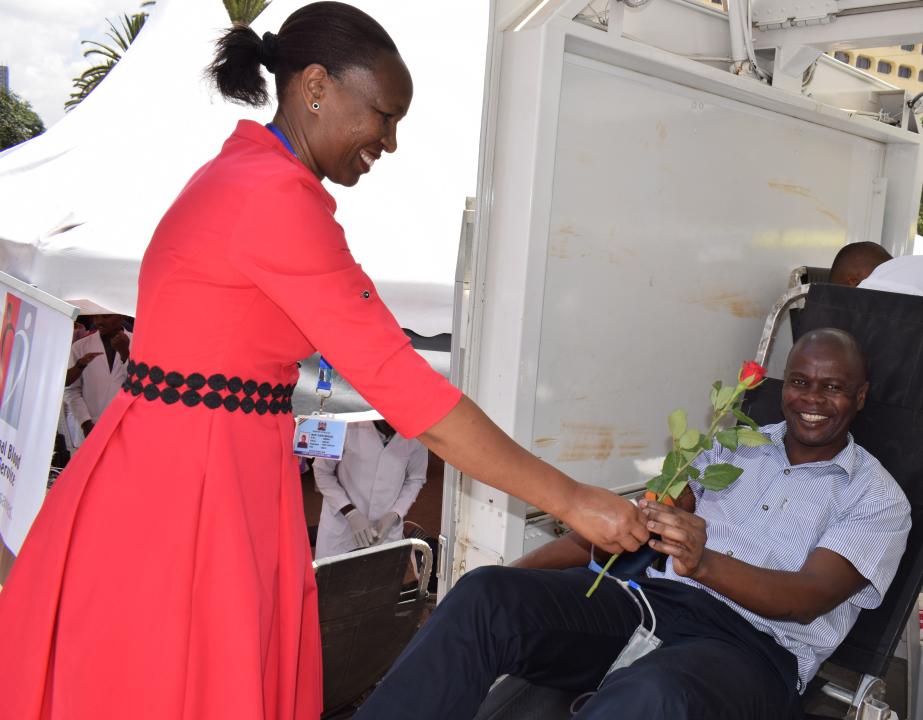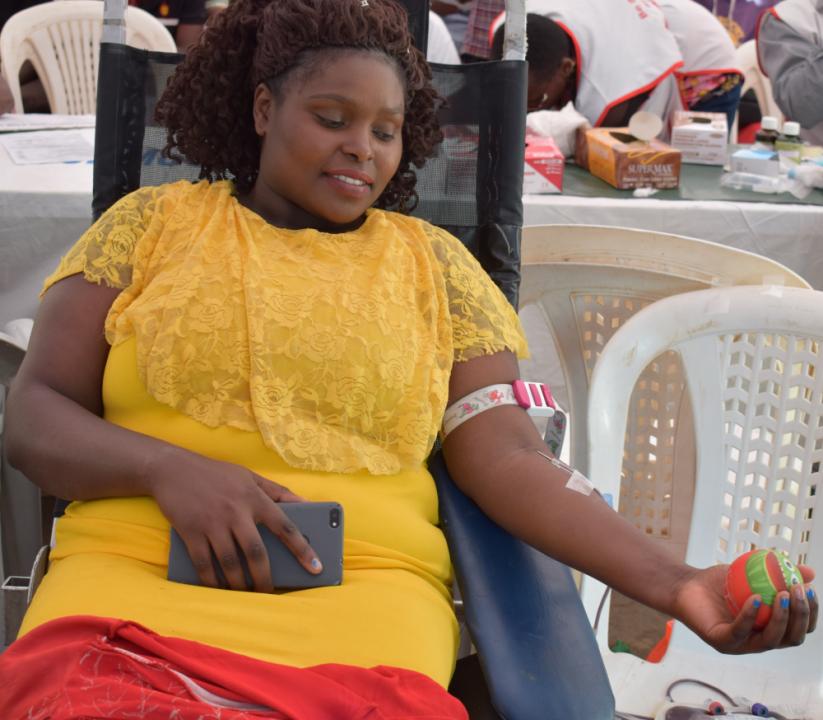WHO WE ARE
The Kenya Blood Transfusion and Transplant Service (KBTTS) was established in the year 2000 in the Ministry of Health. Its mandate is to collect, test, and process and distribute blood and blood products to all transfusing hospitals in Kenya. Currently, In gazette notice number 129 on 1st August 2022, KTTA was established through legislation. KBTTS now has been transitioned to KTTA
Vision
Making Kenya self-sufficient in safe and quality blood, tissues and human organs.
Mission
We assure safety and quality blood transfusion, tissue and human organ transplant services through oversight, regulation and support.
Our Core Values
- Strategic and proactive approach to issues.
- Efficiency with efficacy in performance of work and use of resources.
- Honesty and trustworthiness.
- Quality assurance and enhancement on a continuous basis.
- Discipline at all times in all areas while carrying out KTTA business.
- Respect for self and others.
- Equal opportunities to all.

Overall KTTA Mandate
- Formulate and oversee the implementation of policies for national blood transfusion, tissue and human organ
- Provide Technical Assistance and capacity building on blood transfusion services, tissue and human organ transplantation to both National and County Health
- Develop a comprehensive and coordinated national blood. tissue and organ service to promote availability of adequate and safe blood; and equitable allocation of safe tissue and human organs.
- Establish regulations and mechanisms to superintend, regulate and provide blood transfusion services in the Republic of Kenya as required by this Act or any other written
- Develop guidelines and standards for blood services, tissue and human organ transplant services in Kenya.
KTTA Key Achievements
Stewardship
Access to ethical and equitable Blood Transfusion
Access to ethical and equitable Tissue and Organ Transplant
Quality and Safety
Communication and Donor mobilization
Strategic Information, Innovation and Research
Leadership and Governance:

Background of Blood Transfusion in Kenya
1930s: transfusions were organized around surgical practice.
1950s: with increasing demand, BRCS organized BTS.
1964: after independence the GOK with KRCS support took over.
Late 1960s: BTS was run as part of hospital laboratory services with no dedicated budget line, staff, or equipment. Each hospital sourced for their own blood.
From 1985: with advent of HIV/AIDS, reduced blood collections, increased cost of blood and increased emphasis on blood safety became more critical.
The need for adequate and reliable supply of blood became apparent immediately after the August 7, 1998 Bomb explosion in Nairobi.
The service was established with the assistance of US Government in 2001
Kenya’s Key Achievements
In 1994 Kenya recognized the need to set up a national blood service in line with WHO recommendations and WHA resolutions.
Recommendations were made to establish a regional network of transfusion centres under central coordination
In 2001 Kenya’s first-ever blood policy guidelines were developed and launched and first Regional Blood Transfusion Centre (RBTC) and national coordinating office were established in Nairobi.
Progressively 6 regional and 45 satellite centers have been established.
Blood policy guidelines developed: National Blood Transfusion standards, Hemovigilance manual for transfusing hospitals, Appropriate use of blood and blood products, among others
KTTA is currently deploying a vein to vein centralized Blood Establishment Computerized system in all its centres called DamuKe


